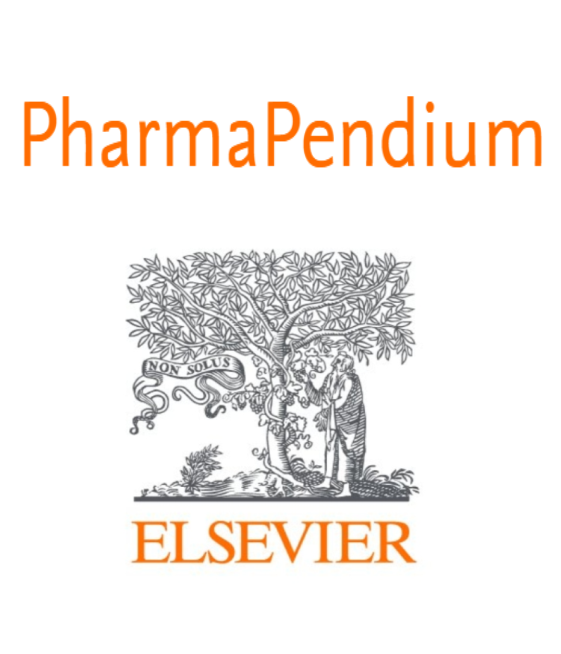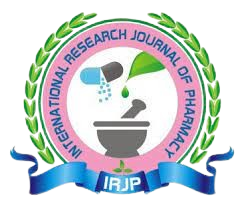A CLINICAL REVIEW ON CHRONIC OBSTRUCTIVE PULMONARY DISEASES AFTER COVID 19 PANDEMIC
DOI:
https://doi.org/10.56802/irjp.2025.v16.i09.pp119-128Keywords:
Etiology of COPD, Pathophysiology, Risk Factors, Symptoms, COVID-19Abstract
Introduction: Chronic obstructive pulmonary disease (COPD) is a common, persistent inflammatory illness of the airways characterized by persisting respiratory symptoms and irreversible airflow limitation. Worldwide, COPD is the third leading cause of death, following ischemic heart disease and cerebrovascular illness, due to elevated morbidity and mortality rates.
Aim: Respiratory failure (RF), particularly hypercapnic respiratory failure (HRF), commonly manifests in the majority of people with severe or end-stage chronic obstructive pulmonary disease (COPD).
Methods: Chronic Obstructive Pulmonary Disease exacerbated by Respiratory Failure (COPD+RF) exacerbates treatment challenges, leading to a diminished prognosis. Although the pathophysiology of RF in COPD remains unclear, abnormal immune activation and systemic inflammation are significant factors.
Results: The systemic immune-inflammation index (SII) is an integrative inflammatory marker calculated from peripheral lymphocyte, neutrophil, and platelet counts. Neutrophils, platelets, and synthesized cytokines are mostly associated with nonspecific immune responses. Conversely, lymphocytes are predominantly associated with immune-related pathways in COPD patients.
Conclusions: Chronic Obstructive Pulmonary Disease (COPD) is a significant airway disorder that necessitates attention and the development of therapeutic formulations for its treatment.








